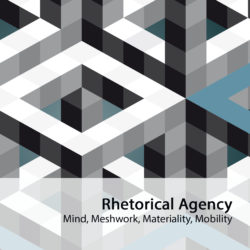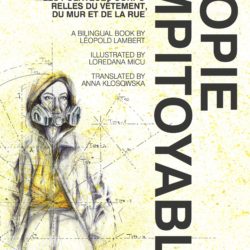Rhetorical Agency: Mind, Meshwork, Materiality, Mobility
Published: 11/01/2017
In recent accounts of rhetoric’s storied productivity, commentators have implied, along systematically Kantian lines, albeit with the occasional protestation, that agency must be coextensive with subjectivity. But is that all there is (to 2,500 years’ worth of hypothesizing about the ways in which communication might promote social change)? Les Belikian’s answer, drawing not only on[…]


